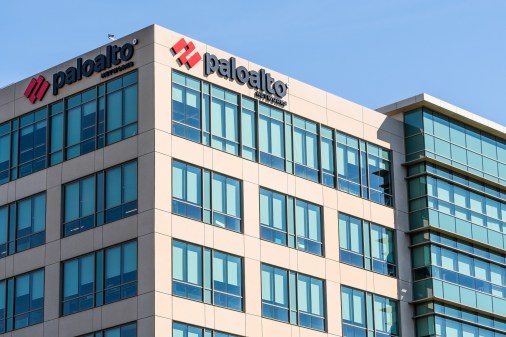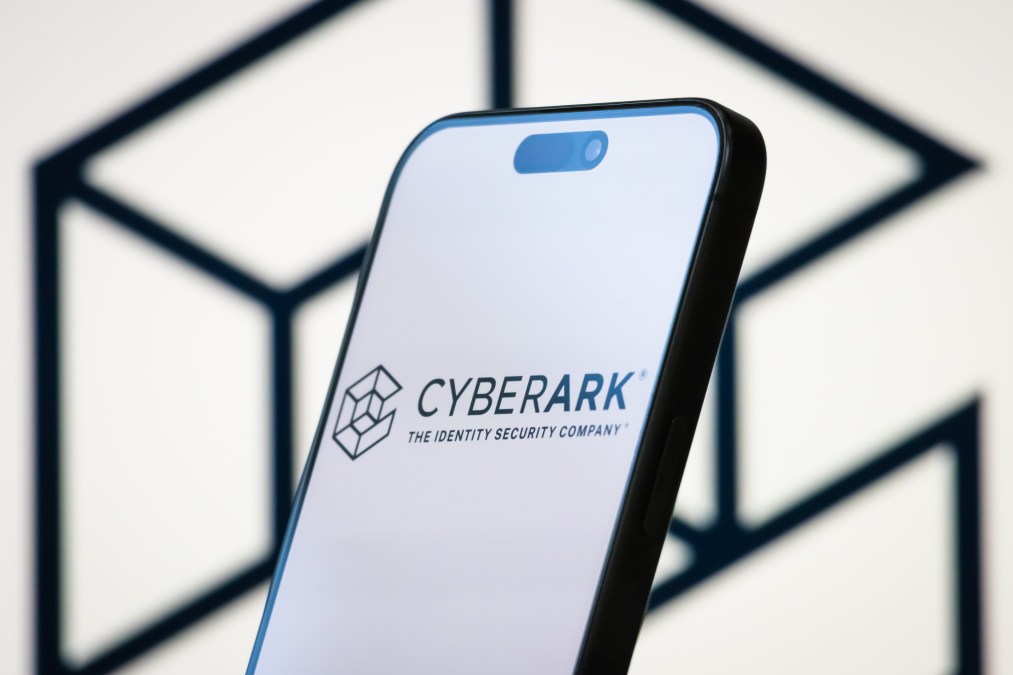What if one major acquisition could reshape the future of cybersecurity as we know it?
Palo Alto Networks and CyberArk are two names that might not sound familiar to everyone, but their recent union represents an important shift in the cybersecurity landscape. With Palo Alto Networks acquiring CyberArk for a whopping $25 billion, you’re gazing into the future of how identity security will evolve in an age dominated by artificial intelligence. Understanding this acquisition is crucial, as it not only highlights the urgency of safeguarding against cyber threats but also marks a change in strategy for one of the largest cybersecurity firms in the industry.

This image is property of cyberscoop.com.
Overview of the Acquisition
You might wonder why such a significant acquisition matters. For starters, it’s one of the largest technology acquisitions of the year, a reflection of the ongoing trend toward consolidating security capabilities into more comprehensive solutions. The acquisition of CyberArk positions Palo Alto Networks in the identity security sphere, an arena that’s becoming increasingly important as cyber threats evolve.
What Does CyberArk Bring to the Table?
CyberArk, established over 20 years ago, specializes in privileged access management (PAM). This technology helps organizations control and monitor who can access sensitive systems and accounts, often seen as one of the weakest links in enterprise security. Major clients like Carnival Corp., Panasonic, and Aflac already trust CyberArk to protect their critical data.
Here’s a breakdown of CyberArk’s key offerings:
| Feature | Description |
|---|---|
| Privileged Access | Controls access to sensitive information and systems to prevent misuse. |
| Monitoring | Tracks user activity for compliance and auditing purposes. |
| User Identity | Manages both human and machine identities, ensuring only authorized access.* |
The company’s proactive approach to identity security is increasingly critical as you consider how organizations navigate the complexities posed by cyber threats.
The Surge in Cyber Threats
With threat actors becoming more sophisticated, cybersecurity isn’t merely a reactionary element of IT departments anymore; it’s an essential strategic priority. High-profile breaches, such as Microsoft’s SharePoint vulnerabilities affecting numerous organizations including U.S. government agencies, have underscored the urgency of enhancing identity security.
Recent Trends in Cybercrime
You might be curious about the specific threats motivating this acquisition. Here are some notable trends:
- Increased Frequency of Attacks: Cyberattacks are occurring at an alarming rate, targeting both private and public sector entities.
- Complexity of Threats: Threats are becoming increasingly complex, requiring more sophisticated solutions rather than simple point products.
- Focus on Identity Security: There’s a heightened awareness that controlling who has access to sensitive information is perhaps the most effective line of defense against breaches.
Understanding these trends can help you appreciate the significance of the Palo Alto Networks and CyberArk acquisition.

This image is property of cyberscoop.com.
Strategic Moves for Palo Alto Networks
This acquisition is not just about expanding market share; it represents a strategic pivot for Palo Alto Networks. You can see how the company is evolving from merely providing next-generation firewalls to becoming a multi-platform leader in cybersecurity.
CEO Nikesh Arora’s Vision
CEO Nikesh Arora has emphasized that this acquisition encapsulates a critical turning point for the industry. His perspective focuses on the growing role of artificial intelligence within cybersecurity measures. As organizations increasingly deploy autonomous AI systems, the need for reliable privileged access controls becomes undeniable.
| Aspect of Security | Traditional Focus | New Focus After Acquisition |
|---|---|---|
| Identity Security | Basic controls for access | Advanced controls for both human and AI identities |
| Response to Threats | Reactive measures | Proactive measures aimed at prevention |
This shift in focus aims to ensure that every identity has the appropriate privilege controls to mitigate risks.
Addressing Gaps in the Market
You might be pondering what specifically this acquisition fills in Palo Alto Networks’ offerings. Analysts view the integration of CyberArk as a critical way to round out Palo Alto’s existing suite of cloud, network, and endpoint security solutions.
Current Gaps and Solutions
Here’s a look at how this acquisition helps Palo Alto Networks:
| Current Gap | Solutions Offered by CyberArk |
|---|---|
| Identity Control | Robust PAM tools to manage privileged accounts |
| Risk Management | Enhanced monitoring capabilities for compliance |
| Integration Needs | Comprehensive security solutions covering multiple areas |
This integration positions Palo Alto to meet increasing customer expectations regarding streamlined vendor relationships and comprehensive security strategies.
Industry Dynamics & Consolidation
The acquisition doesn’t exist in isolation. Rather, it’s part of a broader trend toward consolidation in the cybersecurity industry. As you observe, competitors are also making similar strategic moves, indicating a shift towards integrated solutions that can withstand the increasing complexity of cyber threats.
What’s Happening in the Cybersecurity Landscape?
Other significant mergers and acquisitions have sent similar messages, like Google’s $32 billion acquisition of Israeli startup Wiz. Organizations are recognizing that security needs to be as integrated as possible, particularly as cyber threats grow in sophistication and scale.
| Notable Mergers/Acquisitions | Date | Value |
|---|---|---|
| Palo Alto Networks & CyberArk | July 2025 | $25 billion |
| Google & Wiz | Early 2025 | $32 billion |
These movements signal that major players are looking to provide holistic solutions rather than a patchwork of tools that require extensive management.
Regulatory Considerations
While both companies’ boards have unanimously approved the transaction, it’s also crucial to note that the deal is still subject to various regulatory approvals and CyberArk’s shareholder consent. Regulatory hurdles can sometimes delay or even derail transactions, so it’s important for you to keep an eye on this aspect.
Implications of Regulatory Scrutiny
You may find it interesting that major technology acquisitions often come under scrutiny for several reasons:
- Market Dominance: Concerns about how a merger could affect competition in the market.
- Consumer Impact: Potential impacts on pricing and the availability of services for customers.
- Data Security and Privacy: How a merger might affect data integrity and privacy practices.
These factors can play a significant role in whether deals go through or face significant delays or modifications.
Future Outlook
As the acquisition moves through the necessary regulatory channels, the future looks promising for both CyberArk and Palo Alto Networks. This partnership aims to address the growing concerns surrounding identity security, especially in an era increasingly dominated by AI and machine learning.
Outlook on Cybersecurity’s Evolution
You can expect to see several shifts in how organizations handle their cybersecurity protocols, especially concerning identity management. The acquisition underscores a potential shift towards:
- Increased focus on identity security: Expect to see more sophisticated identity protection solutions.
- Integration of AI technologies: AI systems will require similar, if not more complex, security protocols as human users.
- Holistic approaches to cybersecurity: Organizations will likely seek more comprehensive security solutions, reducing reliance on multiple point vendors.
Conclusion
The acquisition of CyberArk by Palo Alto Networks is a monumental step in the cybersecurity landscape. By understanding the implications of this acquisition and the ongoing trends shaping the industry, you gain a clearer perspective on how organizations must adapt to the shifting cyber threat environment.
As we move further into a world increasingly influenced by AI and machine identities, your awareness of these changes can empower you to better protect yourself and your organization against emerging threats. With the ongoing consolidation of technology solutions and an eye on integrated security platforms, you’re witnessing a revolution in how cybersecurity is experienced and executed.